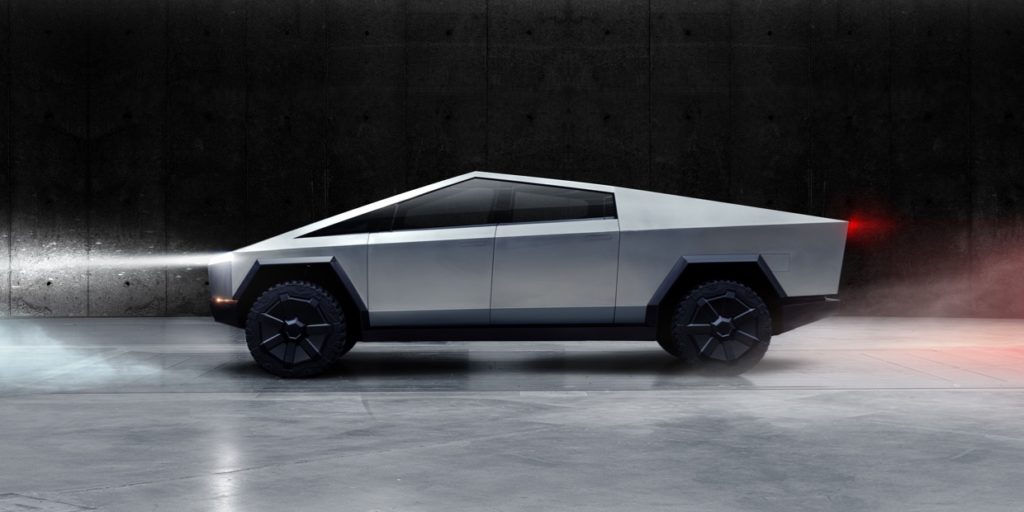
Like everyone else, I experienced a moment of shock during Tesla’s Cybertruck reveal, when I wondered if it was a joke or the real thing. It was just so bizarre looking. But it was also strangely familiar. It took 24 hours for my brain to make the right connections with childhood memories. The Cybertruck is basically referencing the design language of the wedge designs from the 1970s that were widely identified as futuristic. I wanted to round up a few of the ones I personally remembered for comparison and thought you might enjoy the seeing them again too.
1968 – Alfa Romeo Carabo
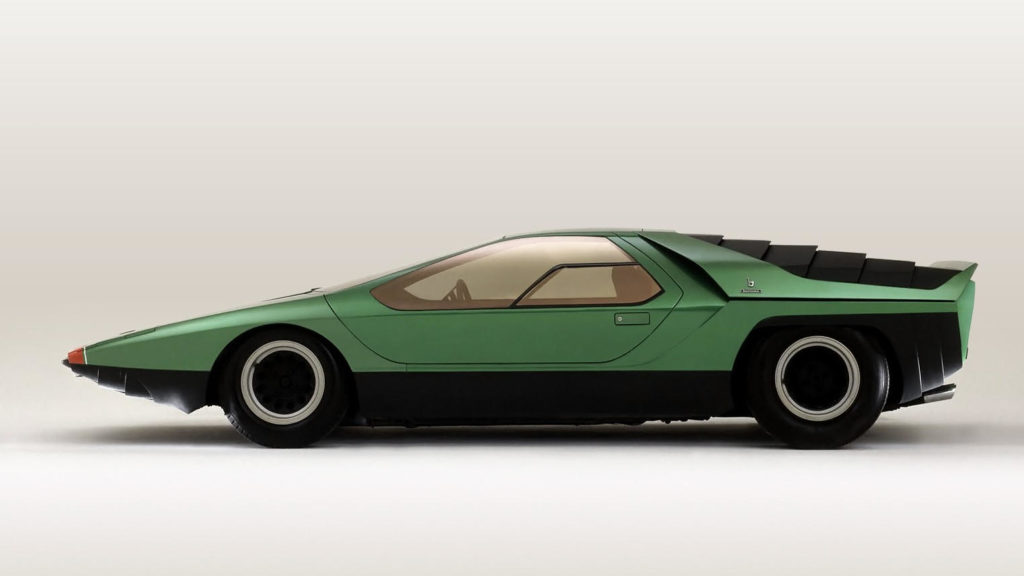
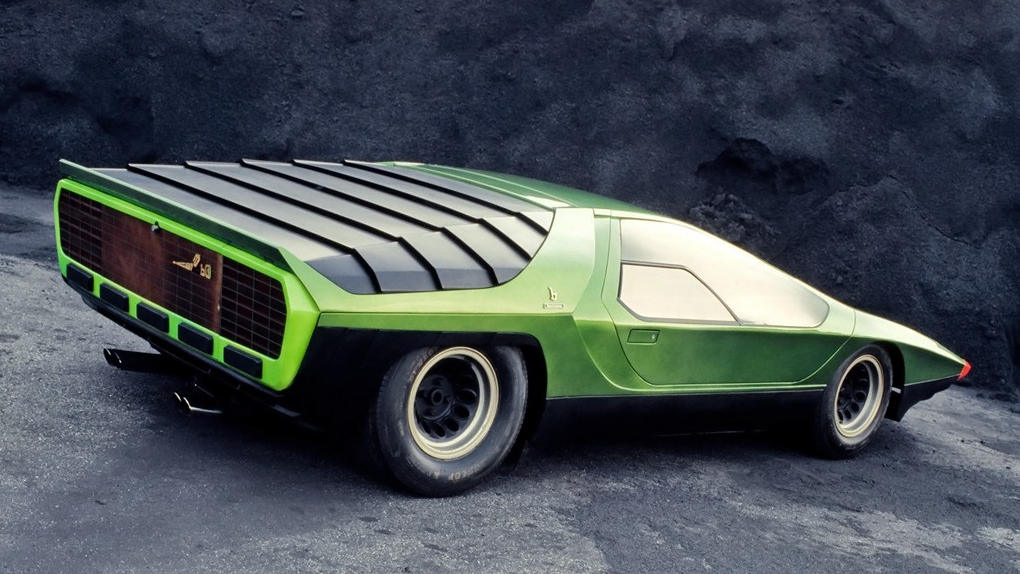
The Alfa Romeo Carabo concept car was designed by Marcello Gandini at Bertone and shown at the 1968 Paris Motor Show. Even though it was an early example, many people still consider it the ultimate “wedge car”. If you were a kid in the 1970s and played with Hot Wheels cars, you almost certainly had the scale model of this one in your collection.
1969 – Gerry Anderson’s UFO Series Cars

These two cars were actually created for a chase scene in the 1969 movie, Doppelganger, but most of us saw them as kids on Gerry Anderson’s UFO series in the 1970s and knew them as Straker’s car and Foster’s car. The wedge is less evident but the flat, angular elements are still there. They were designed by Derek Meddings, who worked for Gerry Anderson’s special effects group. He designed many of the models for Gerry Anderson’s television shows and also some of the early James Bond films.
1970 – Lancia Stratos Zero
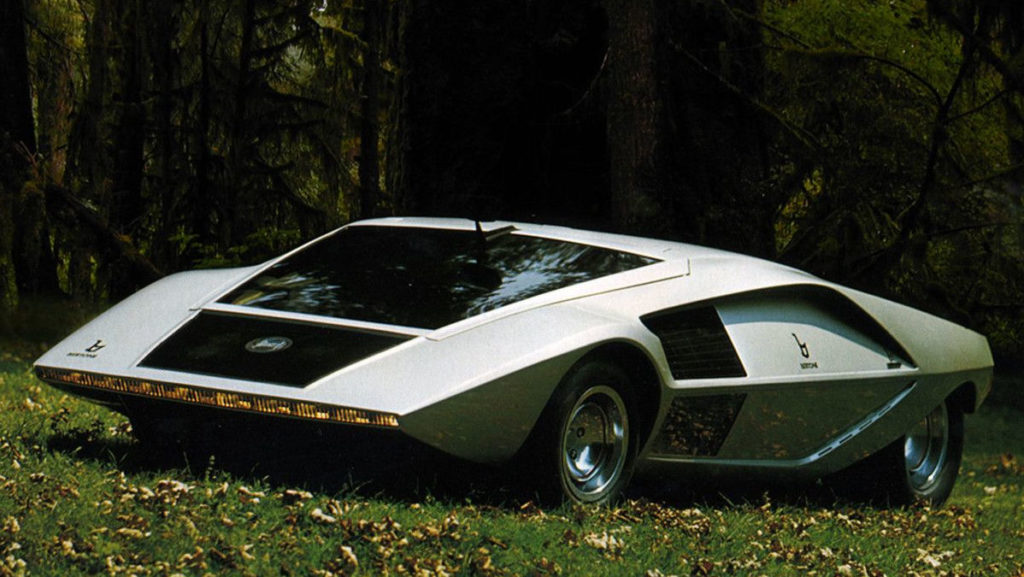
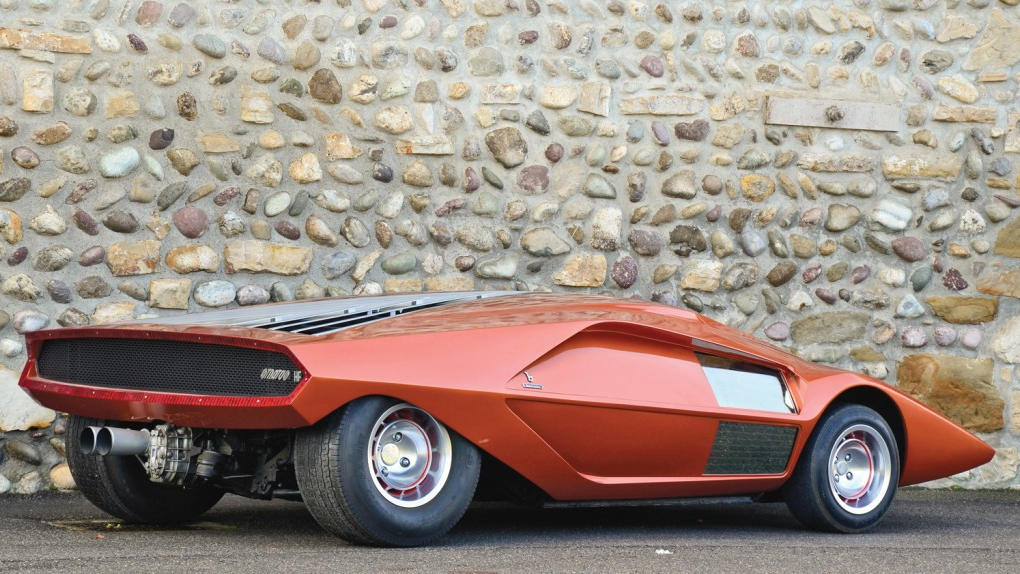
The Lancia Strato Zero concept car was designed by Marcello Gandini of Bertone and first shown at the Turin Motor Show in 1970. Hot Wheels also released a scale version of this that you probably played with as a kiddo.
1971 – Maserati Boomerang
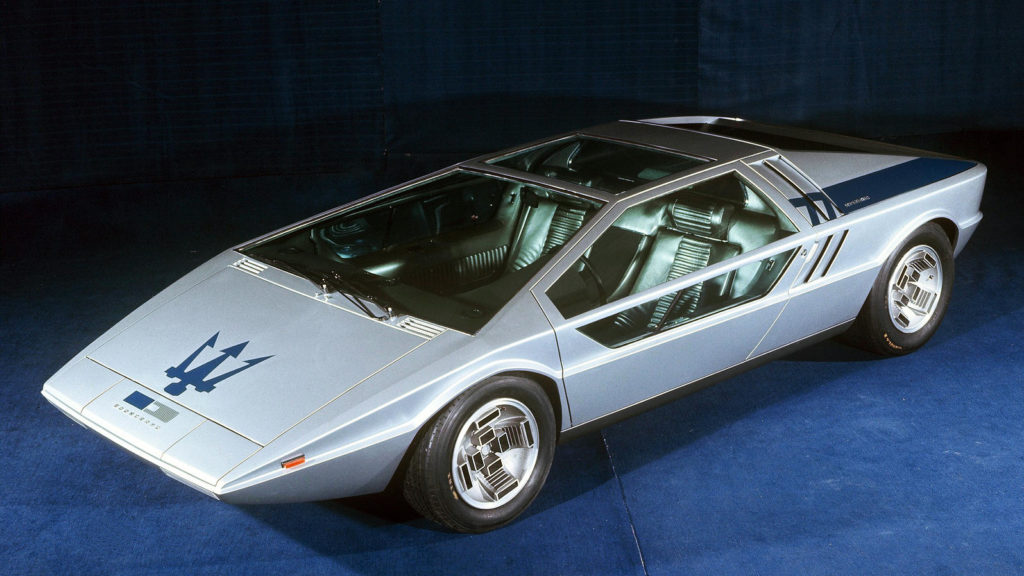
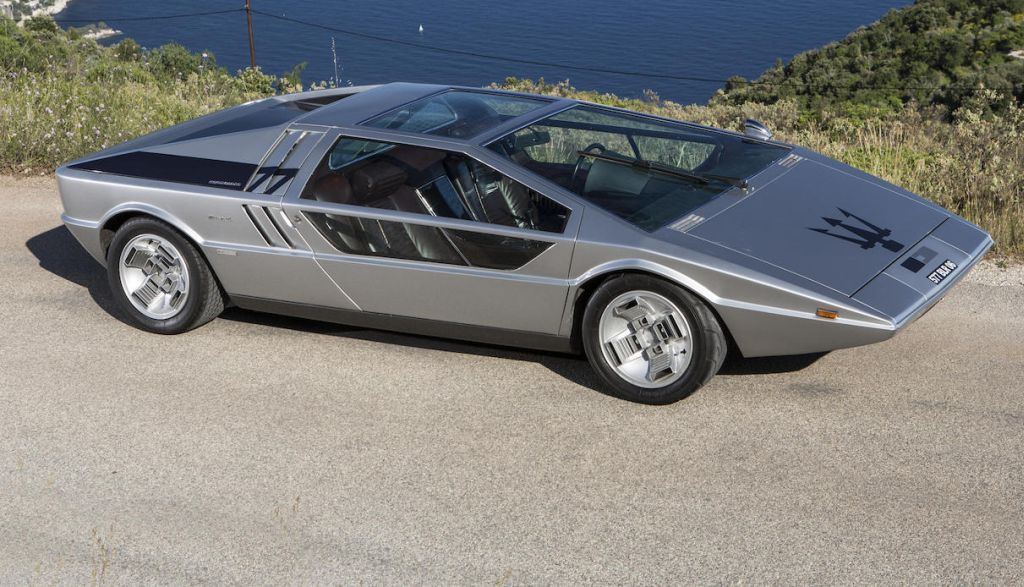
The Maserati Boomerang is one of my all-time favorite car designs. I wanted one of these so bad when I first saw it and was so disappointed to learn it was a one-off concept car. It was designed by Giorgetto Giugiaro. It was first shown at the 1971 Turin Motor Show. It evolved into a production car called the Maserati Bora but lost all the flat panels and angular design to become a unremarkable curvy sports car. The Boomerang still makes appearances at auto shows and has won best of show awards as recently as 2014.
1972 – Lotus Esprit S1
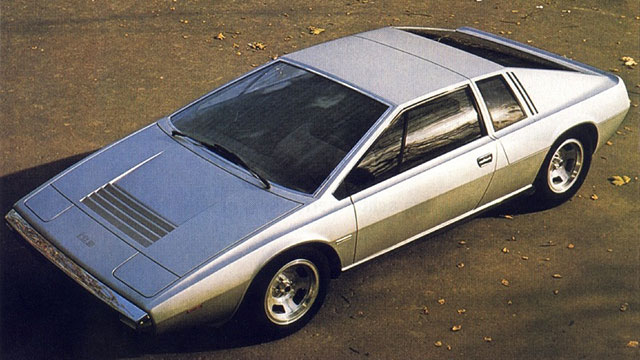
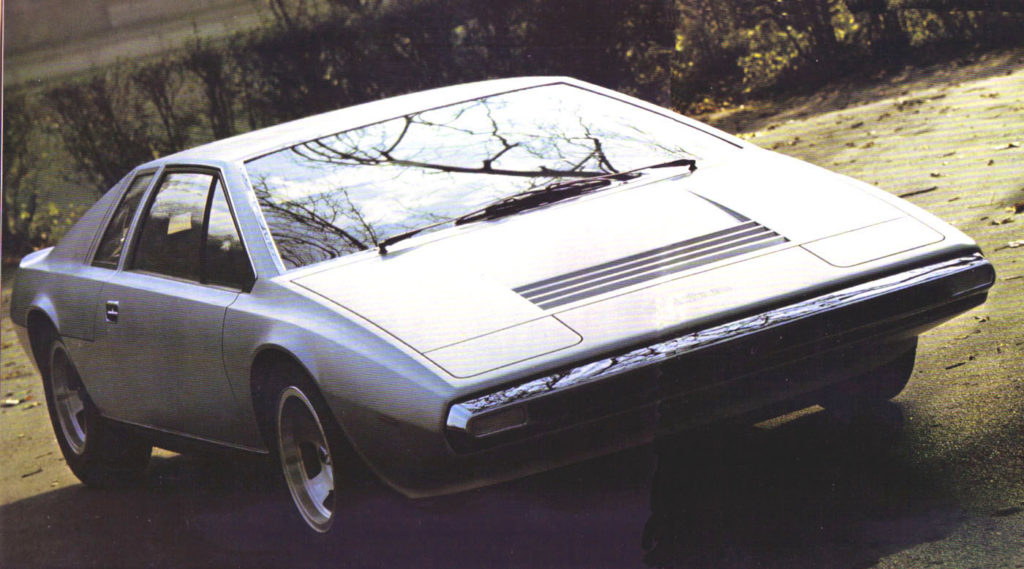
The Lotus Esprit S1 was designed by Giorgetto Giugiaro of Bertone and was first shown at the 1972 Turin Auto Show in concept form. It was sometimes referred to as a polygonal folded paper or origami design, a term that has resurfaced in recent descriptions of the Tesla Cybertruck. These photos are of the original 1972 silver concept vehicle but you’re probably more familiar with the white production version that was popularized as James Bond’s vehicle of choice in the late 1970s. Elon Musk was a fan of the Bond films and owns one of the actual Lotus Esprit S1 vehicles used in production of the Bond film, The Spy Who Loved Me. He has mentioned that the Cybertruck was partially inspired by this vehicle.
1975 – Syd Mead Sports Sedan Concept
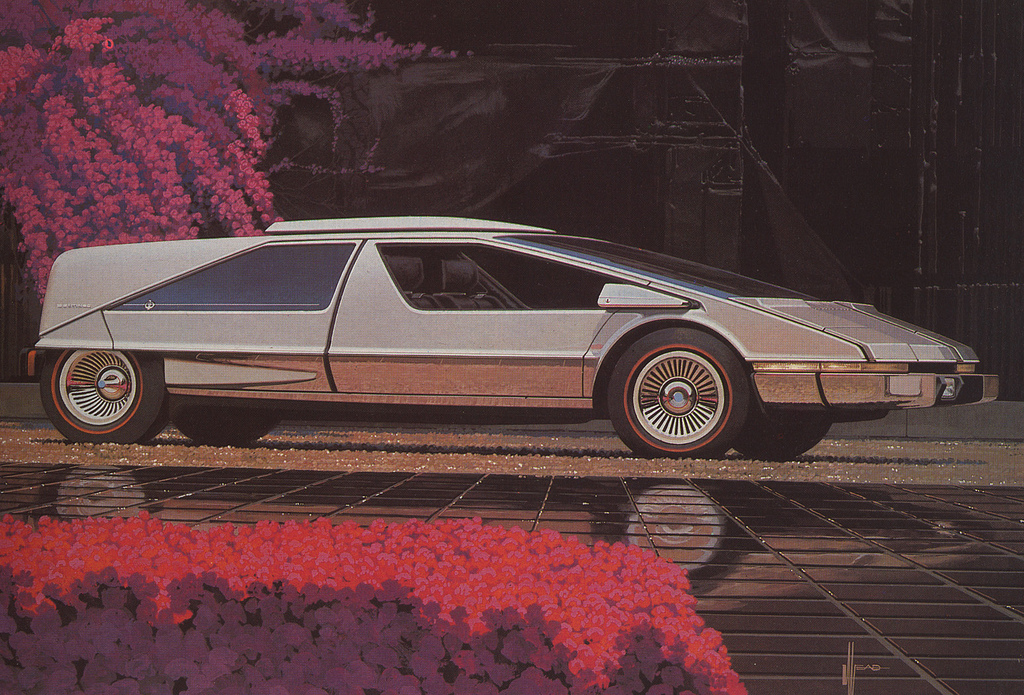
In the mid 1970s, designer and futurist, Syd Mead, was invited to work with Giorgetto Giugiaro at Bertone and collaborated in exploring the angular wedge design language. In 1975, Syd Mead created this concept vehicle for the Japanese magazine, Car Styling. It clearly inherits many of the wedge features but has a blunter nose and more recognizable SUV-like features. It was never more than artwork but Syd Mead is followed by anyone interested in futuristic design, so undoubtedly it influenced other designers. Note, for example, the similarity of wheels to those used on the Delorean just a year later. Update: He likes it! According to a Business Week article, Syd Mead has said that Tesla’s Cybertruck is “stylistically breathtaking” and “has completely changed the vocabulary of the personal truck market design”.
1976 – Delorean
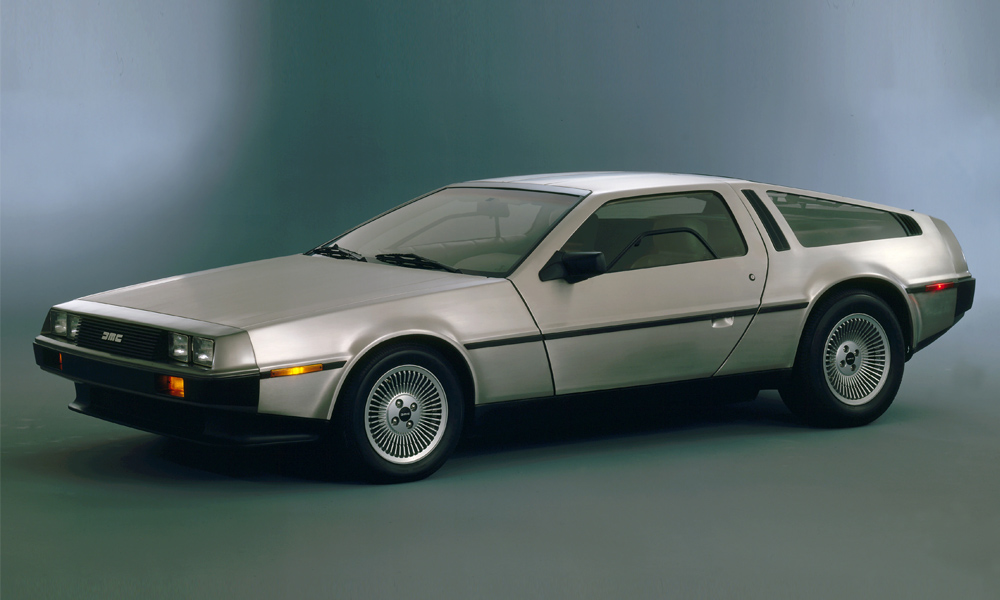
The Delorean is so famous, I hardly need to include a photo. But many younger people may never have seen one that was not encrusted with Hollywood special effects props, only being familiar with the car from its appearance in the Back to the Future movies. The Delorean was designed by Giorgetto Giugiaro of Bertone and, like the Tesla Cybertruck, has an unpainted stainless steel body, though several were plated with 24kt gold. Unlike the Cybertruck, however, the Delorean had a chassis and the body panels were a thinner covering rather than providing the structure of the car. But even with the thinner panels, only minimal shaping was possible and most surfaces are flat.
1979 – Aston Martin Bulldog
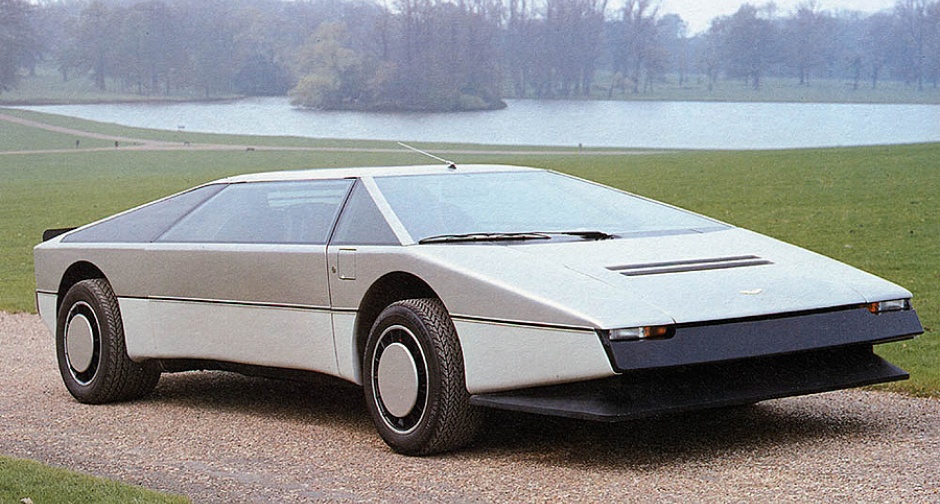
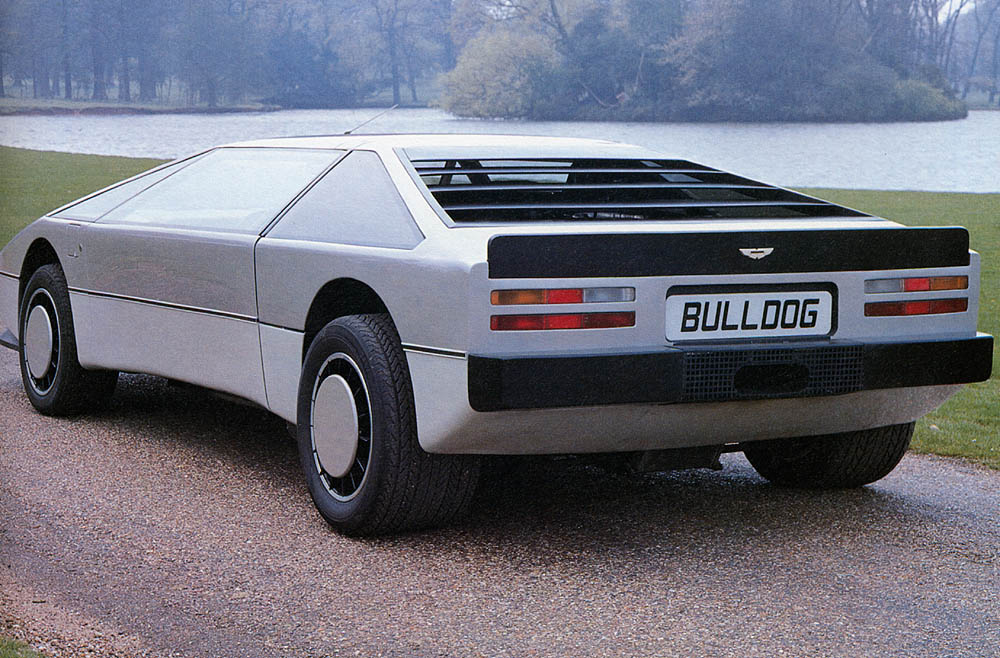
The Aston Martin Bulldog was designed by William Towns of Aston Martin and first shown at a public launch event in 1980. It was designed to be a small production run vehicle that would grab the title of fastest production car but production proved too costly and only the one prototype exists.
2019 – Tesla Cybertruck
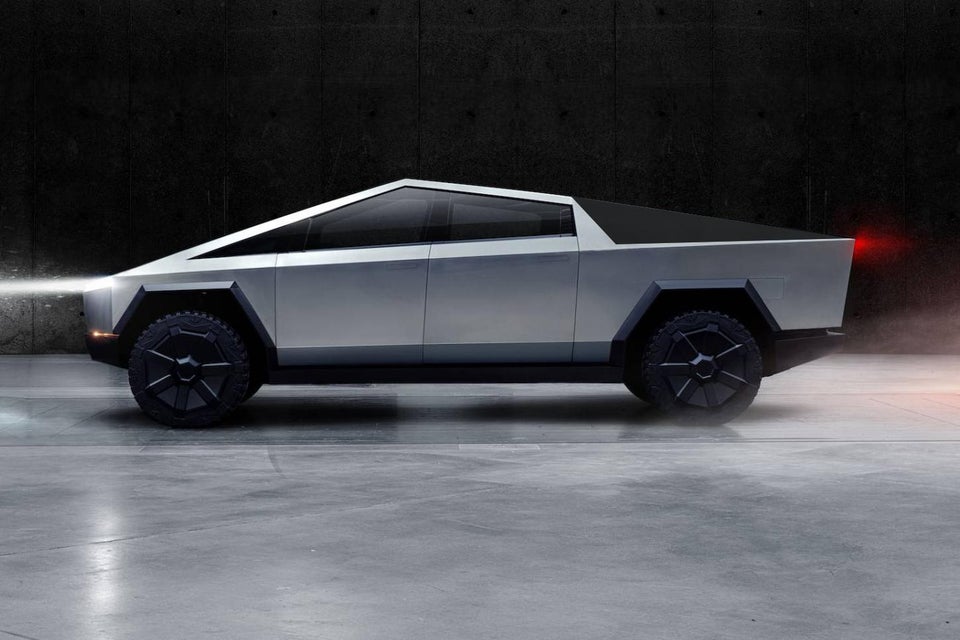
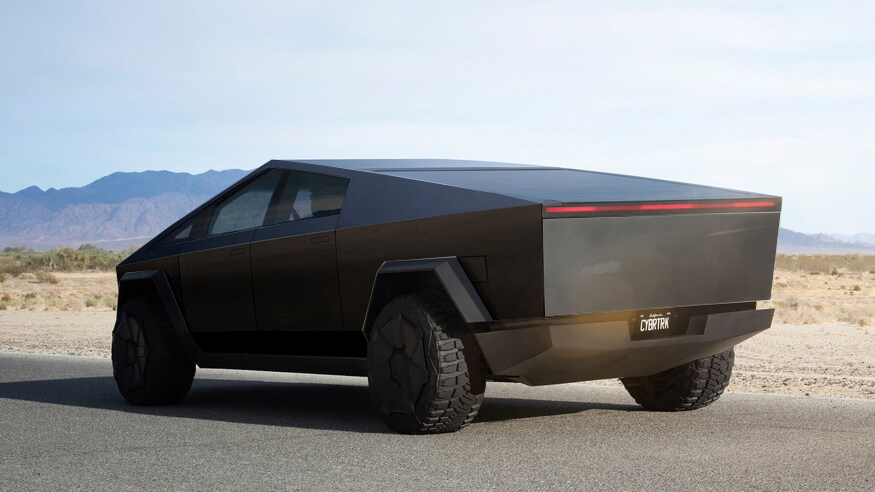
That brings us to 2019 and the Tesla Cybertruck. Obviously the big difference is that it’s not a sports car, so making it flat and low to the ground isn’t possible. Only the Syd Mead sport utility vehicle approaches the Cybertruck, though all these vehicles seem to me to share in a common design language. Some look better than others and I’m still not sure if I like or dislike the Cybertruck’s appearance. It’s so strange and different that it will take some time for me to adjust and form an objective opinion.
I already own an electric vehicle that I’m quite happy with (a Chevy Bolt) so I won’t be buying one myself. But I am a stockholder in Tesla, so I’m curious how this will go over as a business decision. While I’m not really a potential truck customer, I am a fan of futuristic vehicles with weird, angular designs. So I can see others like me buying one. In fact, I already have several friends who’ve put down their deposits! And the Cybertruck has a vaguely militaristic look, so I can also see the crowd that bought Hummers as gas-guzzling status symbols maybe taking an interest.
I can definitely see companies and fleet managers buying these IF the specs and features beat other trucks in similar price ranges, which appears to be the case. It’s hard for any gas vehicle to compete with an electric but there are other electric trucks coming out soon that it will have to compete with. And the other truck EVs have more old-fashioned appearances that may appeal to more conservative truck buyers. Will a Texas rancher or a typical suburbanite buy one of these? That’s going to be the interesting question.
It reminds me somewhat of the Apple iPhone. When it came out, it was a shocking departure from what everyone thought a telephone was supposed to look like. It seemed ungainly and unattractive. How could a flat rectangle be a phone? But a decade later and every major phone has adopted the flat rectangular form factor. One thing I can say for sure – the Tesla Cybertruck is pushing design boundaries for a production vehicle and will necessarily create strong opinions.
